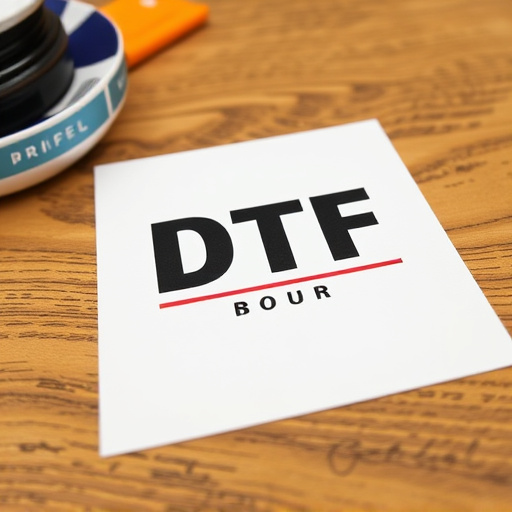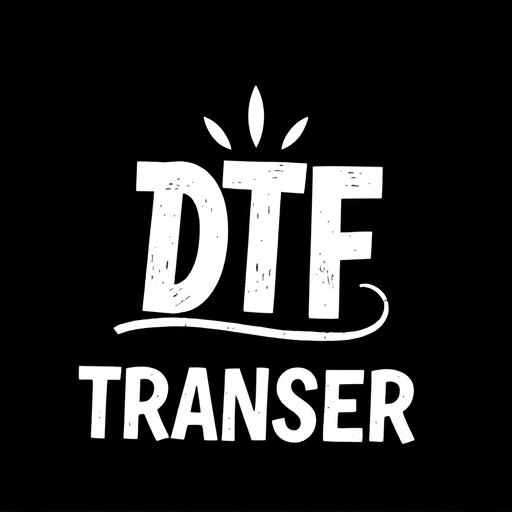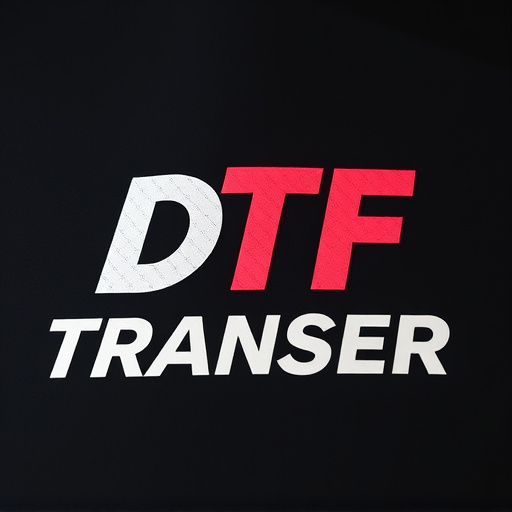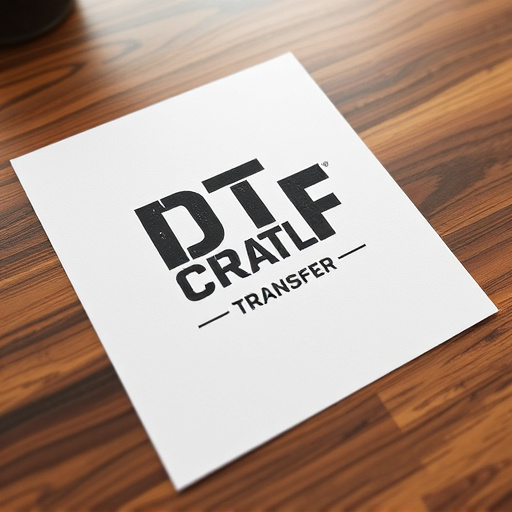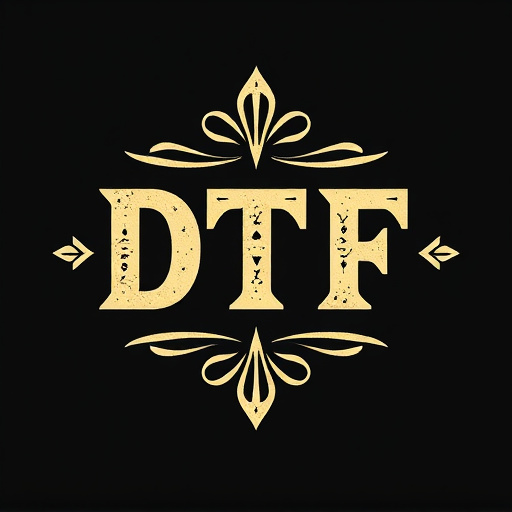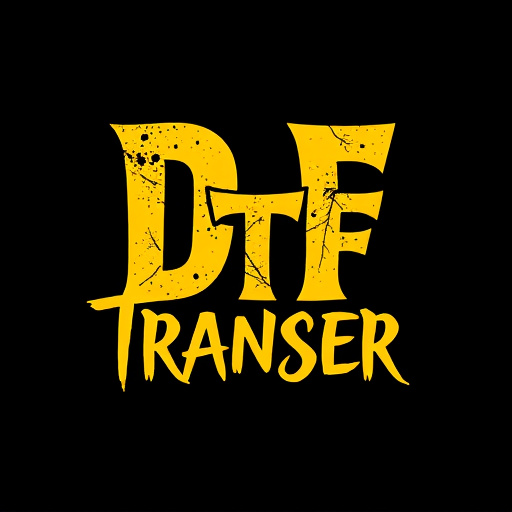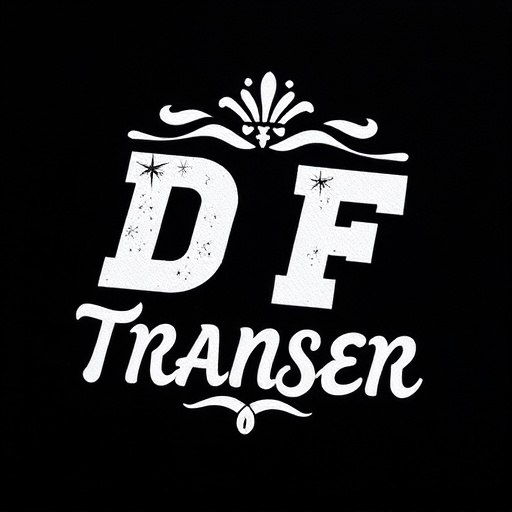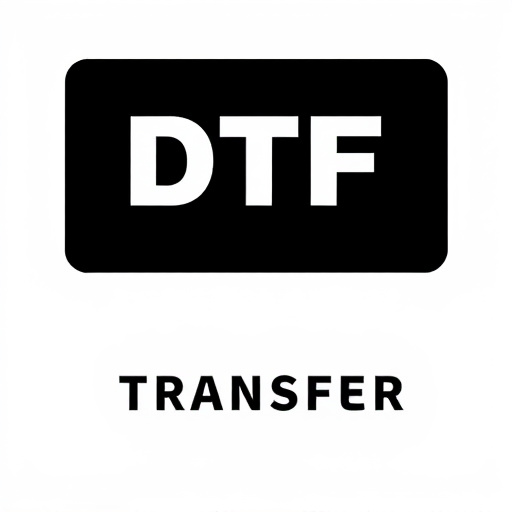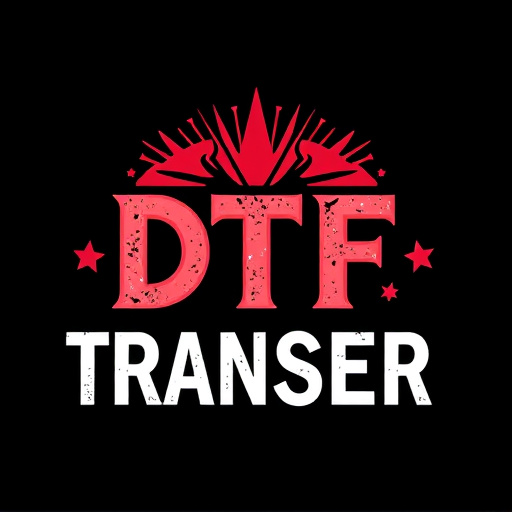Direct-to-Film (DTF) transfers are transforming film distribution by delivering high-quality content directly to global audiences online, democratizing access and fostering connections between filmmakers and viewers. With a history in the U.S. dating back to the 20th century, DTF has evolved significantly due to technological advancements, particularly in inkjet printing and digital imaging. Independent filmmakers benefit from swift production and distribution but face entry barriers like specialized equipment and quality control challenges. Major studios in the US are driving global innovation in DTF, focusing on advanced encoding, 4K resolution, and HDR technology for optimal home entertainment experiences. Strict quality standards ensure cinematic integrity, while streaming services' popularity is boosting demand for DTF as a viable alternative to traditional theatrical releases, opening doors for smaller productions and catering to niche content preferences.
Direct-to-film (DTF) transfers have emerged as a revolutionary process, transforming the way movies are distributed and viewed. This article delves into the captivating world of DTF productions in the United States, offering a comprehensive guide. From its historical origins to the latest innovations, we explore the benefits, challenges, and key players shaping this dynamic industry. Uncover the technical intricacies, quality standards, and future trends that make DTF transfers a game-changer in today’s entertainment landscape.
- Understanding Direct-to-Film Transfers (DTF): A Brief Overview
- The History of DTF in the United States
- Benefits and Challenges of US-Based DTF Production
- Key Players and Innovations in American DTF Industry
- Quality Standards and Technical Aspects of DTF Transfers
- Future Prospects and Market Trends in US DTF Productions
Understanding Direct-to-Film Transfers (DTF): A Brief Overview
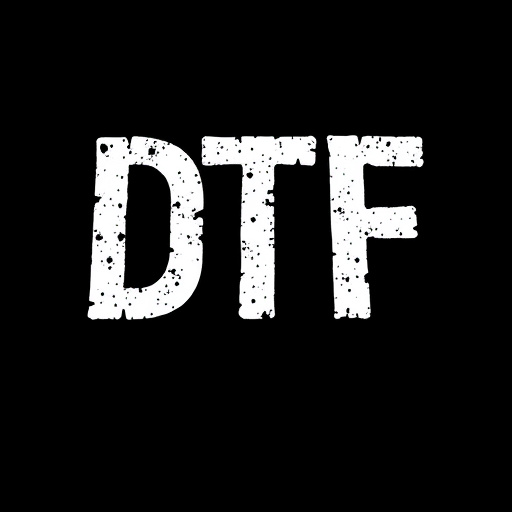
Direct-to-Film Transfers (DTF) is a revolutionary process that enables filmmakers and content creators to skip traditional distribution channels and bring their work directly to audiences via online platforms. This innovative approach has gained significant traction in the United States, offering a fresh and accessible way to consume cinema. By using modern technology, DTF allows for high-quality digital transfers of films, ensuring a crisp and vivid viewing experience for viewers worldwide.
The process involves scanning and digitizing 35mm or 70mm film negatives, capturing every intricate detail and color nuance. This digital version is then prepared for online distribution, making it readily available on various streaming platforms or even for download and purchase by fans and cinephiles. DTF not only democratizes access to films but also provides filmmakers with a direct line to their audience, fostering a more intimate connection between creators and viewers.
The History of DTF in the United States
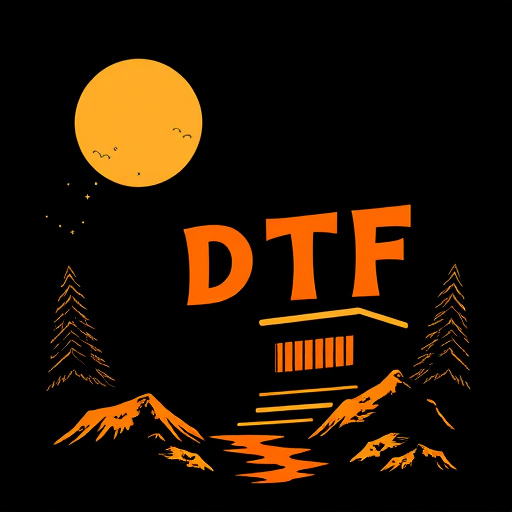
Direct-to-film (DTF) transfers have a rich history in the United States, evolving alongside advancements in technology and changing consumer preferences. The concept emerged as an alternative to traditional printing methods, offering a faster and more efficient way to reproduce films. Initially, DTF was used primarily for small-scale projects due to limited technological capabilities. However, with advancements in inkjet printing and digital imaging in the late 20th century, DTF gained traction within the American market.
This technology revolutionized how filmmakers and artists distributed their work, enabling direct replication of films onto various surfaces. The early years saw the introduction of consumer-grade printers, making DTF accessible to a broader audience. Over time, advancements in ink formulations and printing precision led to higher-quality results, expanding the applications of DTF beyond hobbyist use into professional fields like advertising, signage, and fine art printing in the United States.
Benefits and Challenges of US-Based DTF Production
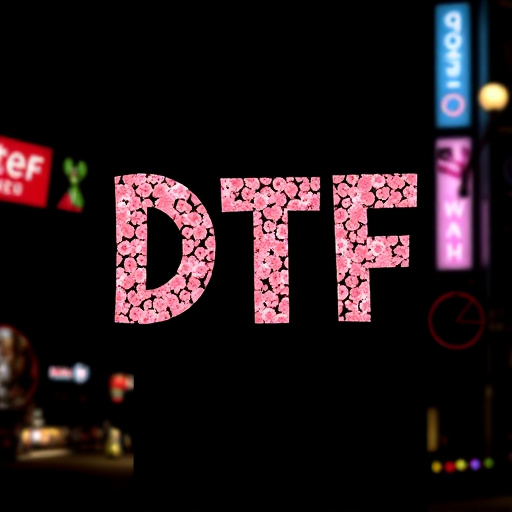
Direct-to-film (DTF) production in the United States offers several advantages for filmmakers and content creators. One of the key benefits is cost-effectiveness; DTF methods eliminate the need for expensive intermediate steps like film printing, making it an attractive option for independent filmmakers with limited budgets. Additionally, this process enables faster turnaround times compared to traditional filming and post-production, allowing creators to swiftly bring their visions to life and respond to market demands.
However, challenges exist within the US DTF landscape. The technology requires specialized equipment and skilled technicians, which can be a barrier for entry, especially for smaller production houses. Furthermore, maintaining consistent quality across different film stocks and printing techniques remains a complex task. Despite these hurdles, the growing popularity of streaming platforms has sparked a renewed interest in DTF, driving innovation and potentially making it more accessible over time.
Key Players and Innovations in American DTF Industry
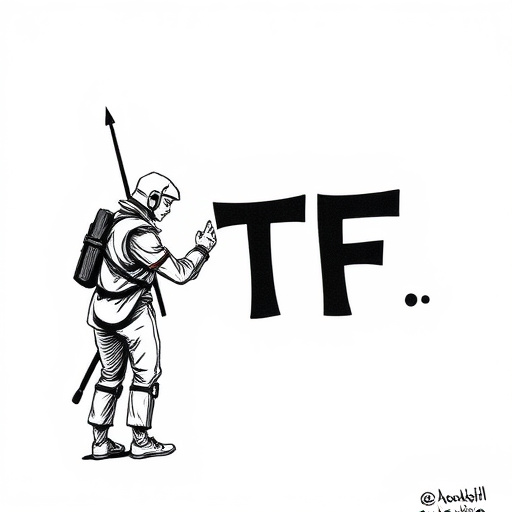
The United States has been at the forefront of Direct-to-Film (DTF) technology, with several key players driving innovation and shaping the industry. Major motion picture studios have played a pivotal role in adopting DTF as a distribution method, ensuring high-quality home entertainment experiences for audiences worldwide. These companies have invested heavily in state-of-the-art equipment and advanced compression techniques, allowing for stunning visual quality and immersive audio.
Innovations in the American DTF industry include the development of advanced encoding algorithms that optimize video and audio data for efficient streaming or physical media distribution. Additionally, advancements in 4K resolution and high-dynamic-range (HDR) technology have elevated the viewing experience, making at-home entertainment more captivating. These developments, coupled with the rise of over-the-top (OTT) platforms, have contributed to a booming DTF market, where consumers can now enjoy their favorite films and shows in pristine quality conveniently from home.
Quality Standards and Technical Aspects of DTF Transfers
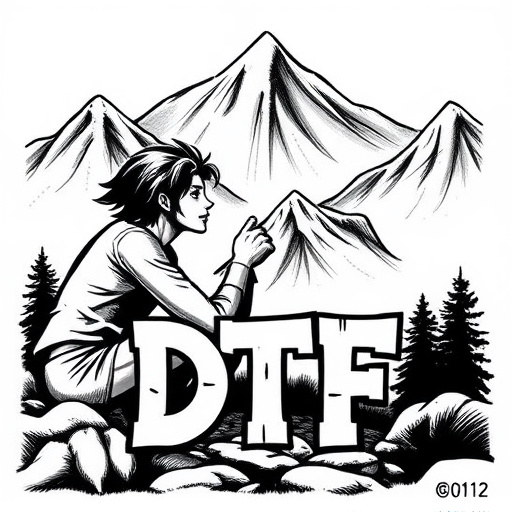
Direct-to-film (DTF) transfers in the United States are governed by stringent quality standards to ensure the preservation of cinematic integrity. These standards encompass a range of technical aspects, from image resolution and color accuracy to audio fidelity and frame rate consistency. State-of-the-art equipment and specialized technicians play a pivotal role in achieving these high benchmarks, using advanced scanning technologies to capture every detail from the original film frames.
The technical process involves meticulous attention to detail, including proper lighting and ambient conditions during scanning, as well as sophisticated software algorithms for noise reduction and color correction. These methods are crucial for maintaining the cinematic experience, ensuring that the transferred films look and sound as they were intended, without compromising on the original artistic vision.
Future Prospects and Market Trends in US DTF Productions
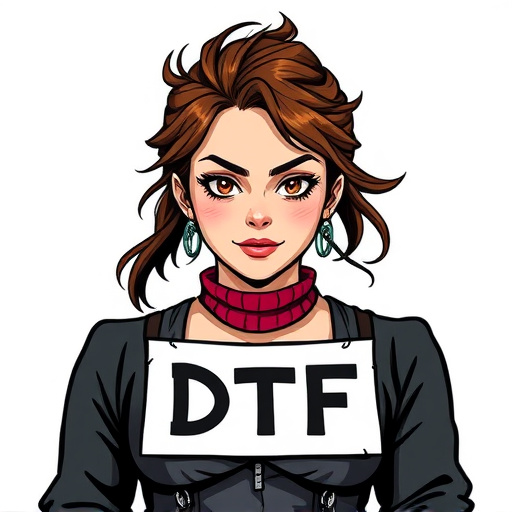
The future of direct-to-film (DTF) productions in the United States looks promising, driven by evolving consumer preferences and technological advancements. As streaming services continue to thrive, there’s a growing demand for content that can be accessed instantly, leading many production companies to explore DTF as an efficient and cost-effective alternative to traditional theatrical releases. This shift is expected to open up new opportunities for independent filmmakers and smaller production houses, allowing them to bypass the lengthy distribution process and connect directly with audiences.
Market trends suggest a growing appetite for niche, specialized content, and DTF productions are well-positioned to cater to these tastes. With advancements in home entertainment systems and high-quality streaming, viewers now expect immersive viewing experiences from the comfort of their homes. DTF films, often focusing on unique storytelling and diverse themes, align with these expectations. Additionally, the success of successful DTF campaigns like “Hustle” and “The 40-Year-Old Version” demonstrates that audiences appreciate and support this distribution model, further fueling its growth in the US market.
